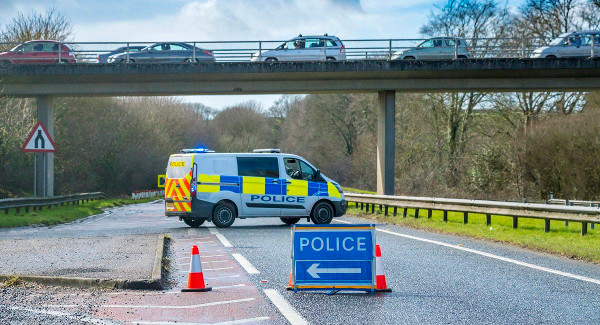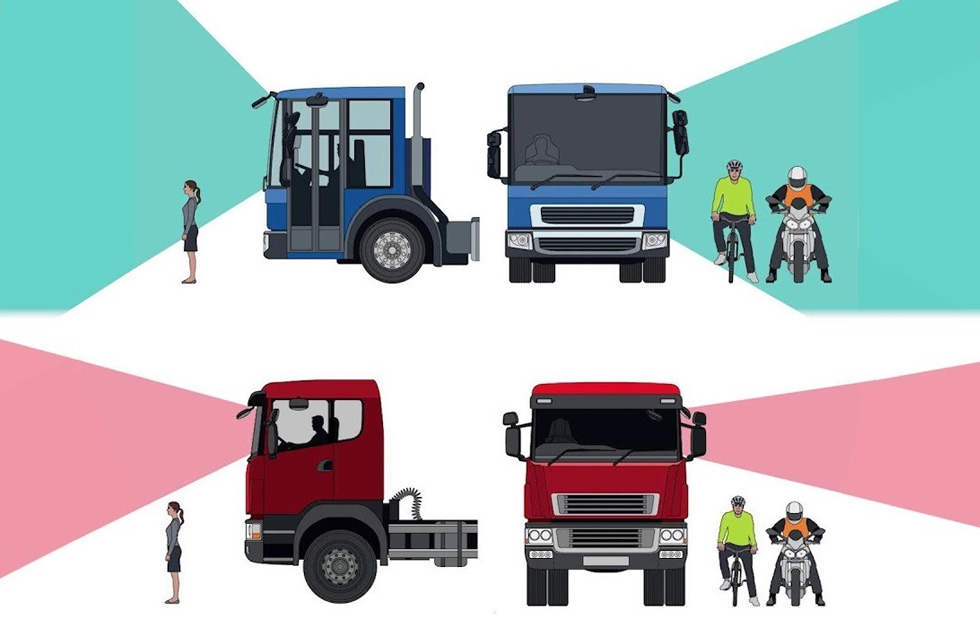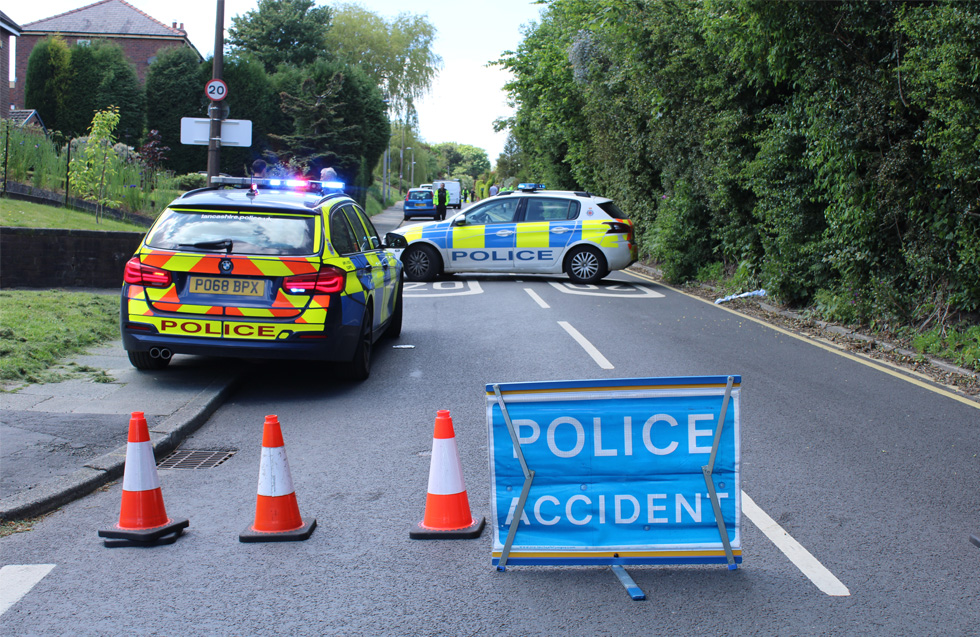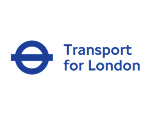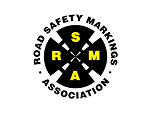A top sector body has called for a step change towards the Safe System approach to break the current 'stagnation' in the number of casualties on UK roads.
The Chartered Institution of Highways and Transportation (CIHT) has released a new policy report that explains the Safe System and identifies some of the challenges around its implementation in the UK.
The Safe System is composed of five core elements that support the systemic action required to improve road safety outcomes.
The report, Progressing the UK towards Safe System implementation, focuses on the safe speeds and safe roads elements and highlights some of the actions required to overcome these barriers and actions that stakeholders can take to alleviate them.
Chief executive Sue Percy CBE said the CIHT believes that if implemented, the recommendations in the report will ensure that progress is made in reducing the number of people killed and seriously injured on UK roads.
She said : ‘Already, much discussion has taken place around the Safe System and there is now a need for practical actions focused on implementation and delivery.'
Dr Suzy Charman, chair of the project group and executive director of the Road Safety Foundation, said: ‘To break our current stagnation in the numbers of people being killed or seriously injured on our roads, a step change is required.
‘Systemic action across all elements of the Safe System will be needed to create a road transport system free from death and serious injury, delivered through the systematic removal of the potential for road collisions to result in death and serious injury.'
Under the Safe System, every aspect of a transport system needs to be considered. When a collision happens, the system elements must work in combination to mitigate the chance of death or serious injury.
The report's recommendations and priority actions for the UK Government are:
1. Show leadership and co-ordination
- The commitment for a new road safety strategy is welcomed. Fully embrace the principles of the Safe System and set ambitious long-term and interim targets and performance metrics for tracking progress.
- A road safety board should oversee strategic implementation and co-ordination to be established with representation from all relevant government departments and devolved administrations.
2. Take legislative and regulatory action
- The Government should work with devolved governments and road authorities to ensure that speed limits, and guidance on setting speed limits, are better aligned with survivable speeds.
- The General Safety Regulations should be adopted and vehicle technologies such as intelligent speed assistance (ISA) embraced to maximise their impact.
3. Develop knowledge through research and monitoring
- A national road safety investigation branch should be embraced to investigate collisions throughout the UK.
- A data-sharing approach should be created to enable thematic learning on systemic action.
A strategic review should investigate the impact of road safety outcomes on the NHS, social care, and productivity, to be used to better inform the business case for investment in improved road safety outcomes.
The CIHT said that for the Safe System to work, the five elements need to operate in conjunction with each other as it cannot function if they operate in isolation. The core elements are:
- Safe speeds: Ensuring that speed limits and travelled speeds are safe and appropriate for all road users present.
- Safe vehicles: Well-maintained vehicles that have both primary technologies (crash avoidance technologies such as lane keep assist) and secondary technologies (severity mitigation such as airbags) to reduce the risk of collision or the likelihood of harm to road users.
- Safe roads and roadsides: Ensuring that roads are well maintained, and that their layouts and characteristics are safe for the different users present. Roads can be designed to be self-explaining (to reduce fatal and serious crash likelihood) and forgiving (to reduce crash severity).
- Safe road users: Road users take responsibility for their own and others' safety by knowing and complying with road rules. The Safe System is designed to deal with different types of behaviours. For example, educational campaigns address knowledge gaps, and behavioural change programmes with enforcement and deterrence address intentional violation. Vehicle systems and road infrastructure can also influence behaviour of road users (such as self-explaining or enforcing roads and alcolocks).
- Post-collision response: In the event of a collision, responses are effective and appropriate. This includes the immediate response for the injured from emergency professionals, medical treatment and longer-term rehabilitation (including mental health support), as well as support for bereaved families. Effective post-collision investigation not only identifies culpability but also supports systemic learning.

